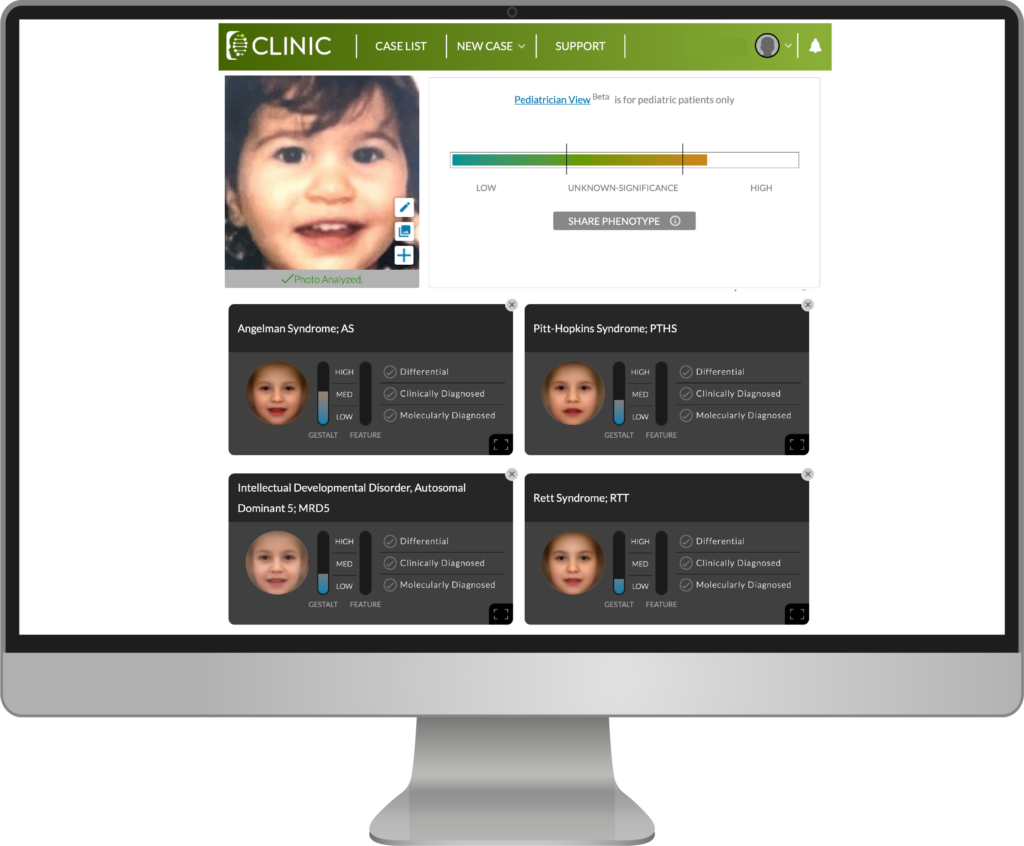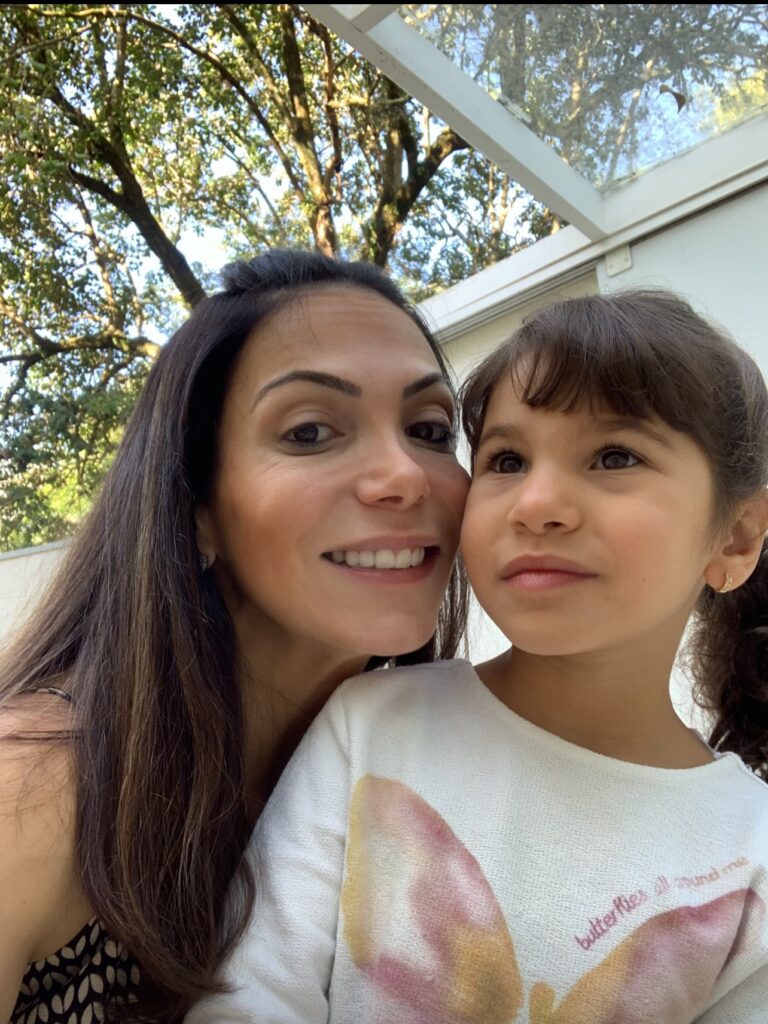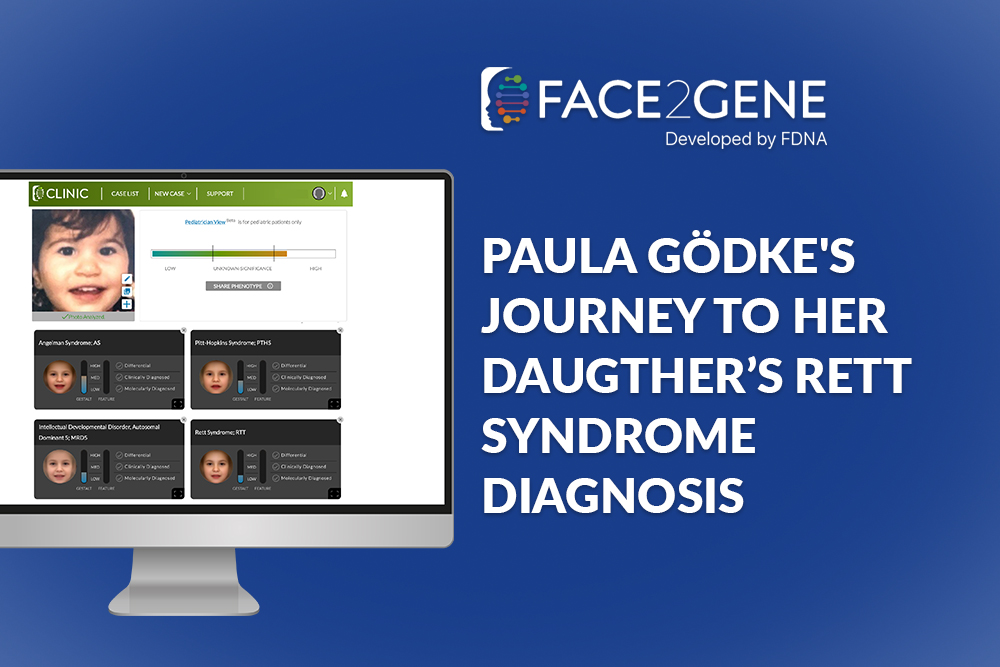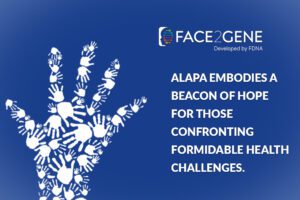We asked Paula Gödke, vice president of the Brazilian Rett Syndrome Association – ABRE-TE, to tell us about the odyssey to arrive to her daughter’s diagnosis: Aline has Rett Syndrome. “I wish I had been listened to earlier, that my fears and suspicions had prompted professionals to take a second look at the case and awaken some doubt. People always prefer to say that everything is fine, that there is nothing wrong. But when something is indeed wrong, that doesn’t bring any good.” For her, the process of accepting and overcoming the diagnosis takes time. The sooner you start, the faster you will reach the moment when you can appreciate the beauties of the journey that lies ahead. See her testimony below:
Aline’s birth was fine. She was my second daughter, and I was very sure that, this time, I already knew everything that would happen; I already knew what the difficulties would be; what I needed to do better. The pregnancy was smooth. The delivery was normal, and she was born healthy.
Aline always met developmental milestones, although at the upper limit, but was within the expected range. She sat at seven months. She crawled at nine months. She walked at almost a year and three months. She spoke around one year. My first daughter had done everything earlier, but since Aline’s development was within the profile considered normal in the literature, I had to accept that it was my anxiety and I had to control it. But a little after 1 year, something seemed wrong. She would hold onto toys, talk about them, but didn’t seem to actually play. It seemed like she didn’t quite understand the toy.
When she began pre-school, at one year and eight months, it became clearer to me. The other children would take a toy from the basket and go look for something to do with it. Aline would turn the basket over and throw everything on the floor. And she would have fun doing that. She would take the modeling clay and chop it into little pieces, not shaping anything with it. She also wouldn’t pull her wheeled backpack, but always had a friend who wanted to pull it for her.

The first attempt at toilet training was a failure, and we ended up giving up. Once again, I struggled to accept that I had to control my anxiety. Every time I went to the pediatrician, I would think: today she will tell me what’s wrong and what I have to do. But she would tell me everything was fine; she used complex words; she was interested in toys; she interacted.
The pre-school also seemed unwilling to see the issues. Aline was a beautiful, affectionate, smiling child. No one wanted to think there was anything wrong with her. I researched all possible syndromes. Many times I would think, “Could it be this?” And then I would conclude that it wasn’t. And I would start researching another. After she turned two, it became increasingly apparent to me that her communication was not adequate. She spoke well; she used pronouns correctly. She would touch the hot ground and say “hot.” She used diminutives. But she wouldn’t follow instructions; she wouldn’t comply with requests. She wouldn’t converse at all.
Aline was very hyperactive at this time. I tried homeopathy, flower essences, and essential oils. Maybe if she calmed down, she would communicate better. Time went by, and I became more and more distressed. Until my sister, who is an ophthalmologist, said to me, “Clearly, the pediatrician isn’t able to calm you down. I think you should see a neurologist.” She gave me two names of well-known neuro-pediatricians in São Paulo, Brazil. I scheduled with the first one available, because the other had months of waiting. He assessed and said she was so hyperactive that he couldn’t conclude anything. It didn’t seem like autism, but not sure. He prescribed Risperdal to control the hyperactivity and asked us to start early intervention with 10 hours of ABA therapy per week. After three months, I didn’t see any change. But the therapists would tell me they saw progress, suggesting she would be fine. At school, the developmental distance from the other children became more and more evident, and I felt like something was very wrong that no one else was seeing. Finally, I secured an appointment with the second neuro-pediatrician who had requested the genetic test. But for the insurance to cover this test, it had to be requested by a geneticist. So more time went by, because we still had to look for a geneticist.
Three days before her third birthday, we received the diagnosis of Rett Syndrome. I remember my husband lying on the floor of the doctor’s office, unable to breathe. And I just kept trying to find what could be wrong. Didn’t Rett Syndrome need to have microcephaly? She didn’t. So it shouldn’t be. It took some time to accept that it was indeed that.
Receiving the diagnosis of Rett Syndrome was a mix of despair and relief. On the one hand, I was relieved to find out what she had, and not just think that I was crazy. On the other hand, the prognosis was horrible: there is no treatment or cure. All we could do was invest in therapies to prevent losses and await all possible symptoms that could appear over time. The association plays a fundamental role in connecting families in the same situation. Knowing people who went through the same thing we were going through, being able to exchange experiences and ask for opinions. And learning that those people could be happy even with a child with such a terrible syndrome, that was the most important thing to me.

As a volunteer at Abre-te, my role is to write about advances in research on treatments for Rett Syndrome. And that is also a very relevant role, because when a family receives the diagnosis, being informed that there are treatments being researched and that they will be available in a few years brings much hope. Unfortunately, I didn’t have this resource at the time of diagnosis, but I am happy to be able to help other families.
There’s a beautiful text that describes the experience of having a special child called “Welcome to Holland.” In this text, the author Emily Kingsley compares this journey to a forced trip to Holland when you were planning to go to Italy. And it takes time, but you end up discovering that Holland is also a beautiful place, with beautiful tulips and Rembrandt paintings. The process of accepting and overcoming the diagnosis takes time! The sooner you start, the quicker you’ll reach the point where you can appreciate the beauties of the journey.
About ABRE-TE
The Brazilian Rett Syndrome Association – ABRE-TE aims to be a reference in promoting health, learning, and exercising citizenship for individuals with Rett Syndrome throughout the national territory, so that they can be included in society with the respect their differences deserve, providing their families with support and dissemination of social and scientific knowledge.
Learn more at https://abrete.org.br



